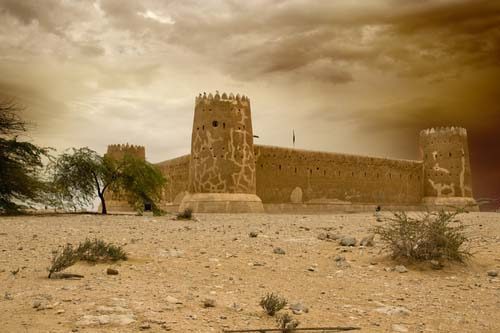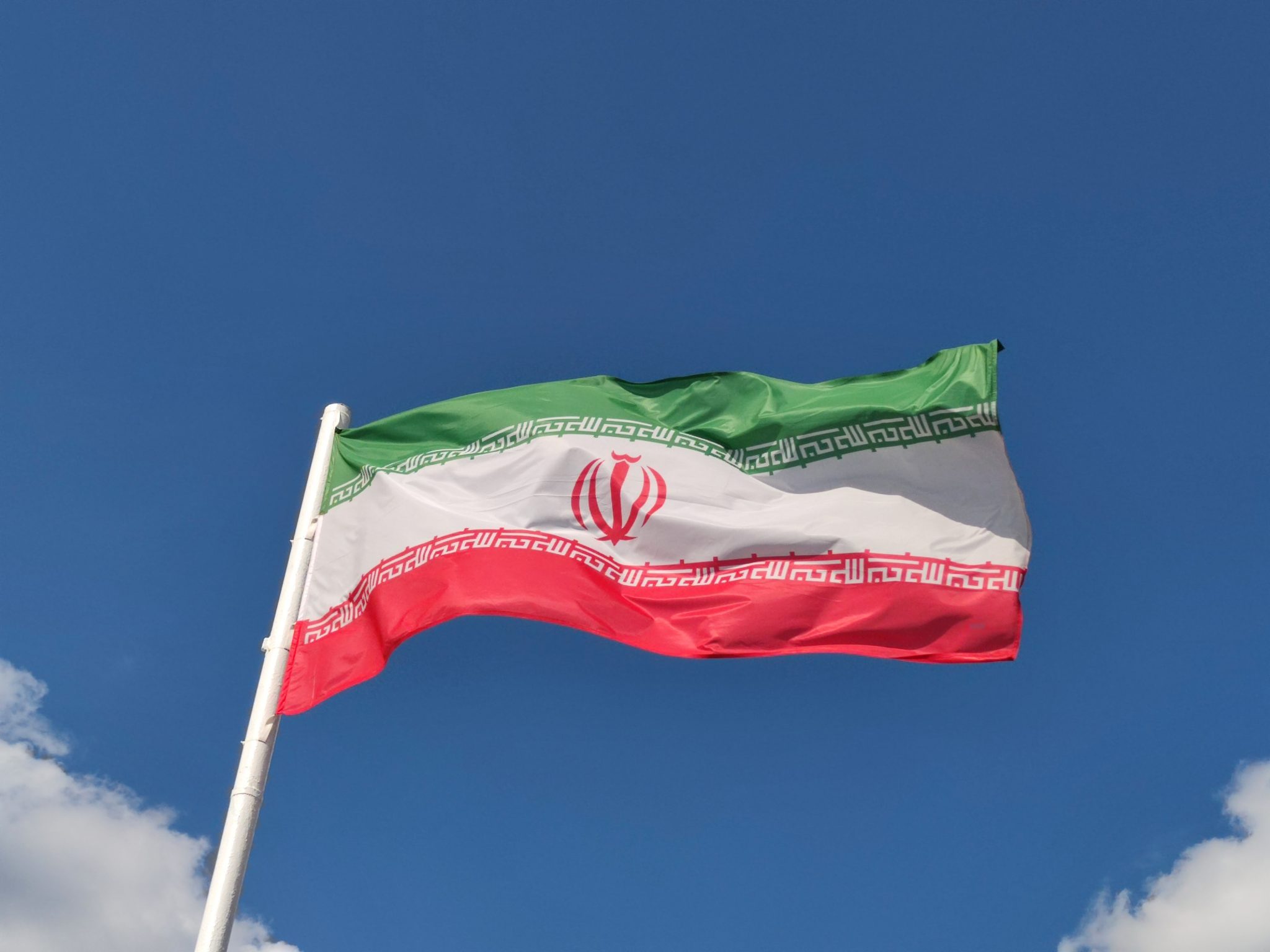
UNESCO has today named the abandoned historical coastal town Al Zubarah Archeological Site to the World Heritage List, the Qatar Museums Authority has announced.
Zubarah, which is some 100 km northwest of Doha and “one of the largest and best preserved examples of an 18th-19th century traditional pearl fishing and merchant town in the Gulf,” is the first site in Qatar to make the list. It is now perhaps best known by tourists for its famous fort of the same name.
Many of its archaeological finds, which were excavated in the 1950s, are now part of the National Museum of Qatar’s (NMoQ) permanent collection. Sheikh Hassan Bin Mohamed Bin Ali Al Thani, QMA’s Vice Chairman of the Board of Trustees, was present at the UNESCO event and said in a statement:
“It is very significant to include Al Zubarah in Qatar as part of the UNESCO World Heritage list as a historical site that must be protected.
This follows the enormous effort by Qatar in ensuring the preservation and conservation of this historical site, leading it to be internationally recognized for its human legacy, specially that Al Zubarah is significant to many of the Gulf nationals.”
The UNESCO designation as a World Heritage Site brings Zubarah more explicitly under the protection of the Law of War under the Geneva Convention. To be selected by UNESCO, cultural heritage sites must meet at least one of six criteria. Zubarah fulfilled three of them:
- To bear a unique or at least exceptional testimony to a cultural tradition or to a civilization which is living or which has disappeared;
- To be an outstanding example of a type of building, architectural or technological ensemble or landscape which illustrates (a) significant stage(s) in human history; and
- To be an outstanding example of a traditional human settlement, land-use, or sea-use which is representative of a culture (or cultures), or human interaction with the environment especially when it has become vulnerable under the impact of irreversible change.
During UNESCO’s 37th session in Cambodia this week, India’s Hill Forts of Rajasthan, Canada’s Red Bay Basque Whaling Station and Namibia’s Namib Sand Sea, among others, were also inscribed into the list.
The World Heritage List also includes more than 900 other natural and cultural sites, like the the Pyramids of Giza in Egypt and Petra in Jordan.
Thoughts?
Credit: Photo by Aurel Cuvin







